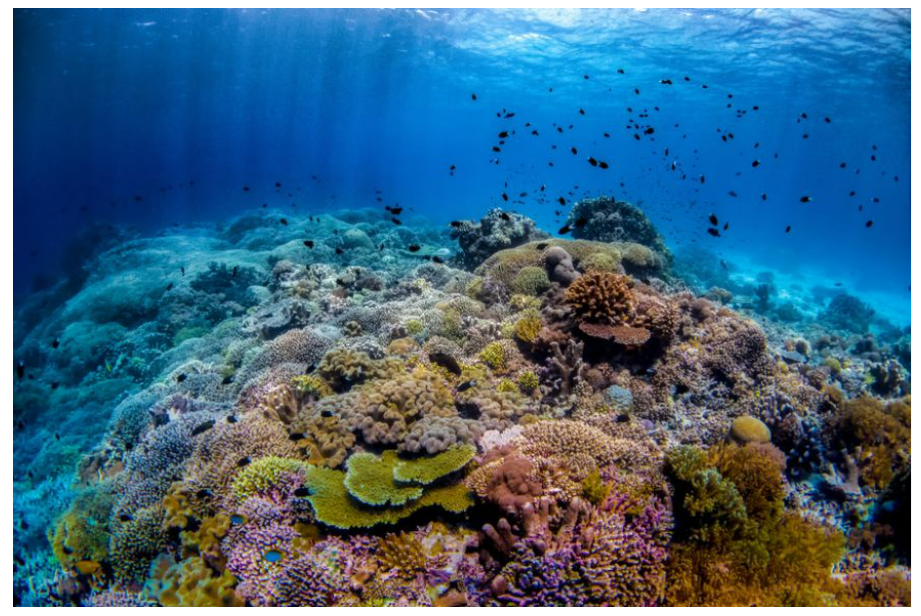
The Philippines is a scuba diving paradise, renowned for its rich marine biodiversity and crystal-clear waters. As an archipelago of over 7,000 islands, it offers a diverse array of scuba diving spots that attract divers from around the world. Whether you’re an experienced diver looking for a thrilling wreck dive or a beginner exploring vibrant coral gardens, the Philippines has something for everyone.
From the Tubbataha Reefs, a UNESCO World Heritage Site, to the diving hotspots of Bohol and Coron, the Philippines boasts some of the best diving locations in the world. Apo Island and Moalboal are famous for their incredible marine life encounters, including turtle sightings and the iconic sardine run. In this article, we’ll explore the top scuba diving spots in the Philippines, where you can immerse yourself in the beauty of the underwater world. Get ready to dive into some of the most stunning and diverse dive locations that the Philippines has to offer!
Table of Contents
Why the Philippines is a Top Diving Destination
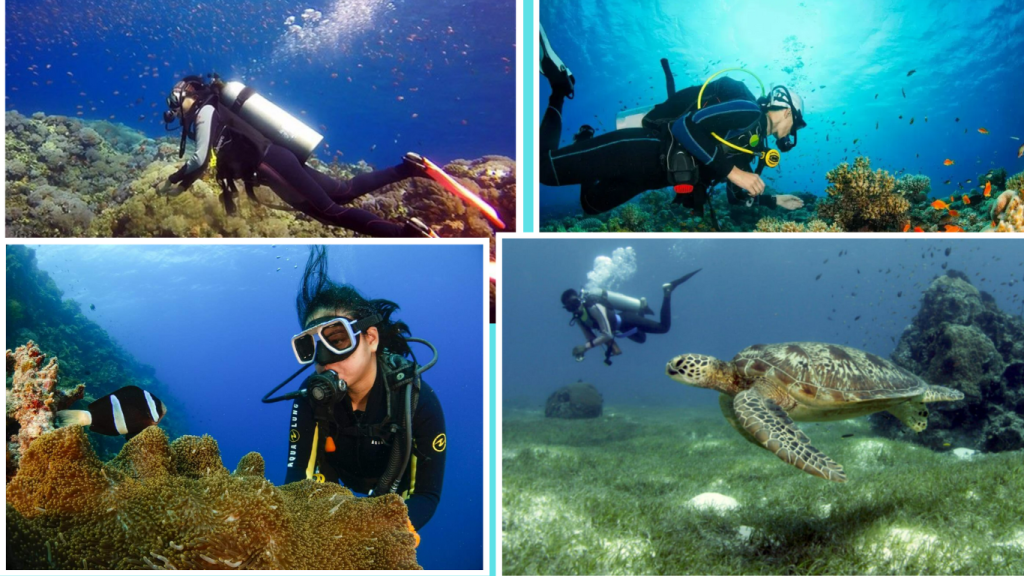
The Philippines is globally recognized as one of the best diving destinations, offering an exceptional range of underwater experiences that attract divers from all over the world. With over 7,000 islands surrounded by crystal-clear waters, the country is home to some of the most vibrant and diverse marine ecosystems on the planet.
One of the main reasons the Philippines diving spots stand out is the incredible water clarity. Whether you’re diving in the remote Tubbataha Reefs or the popular sites of Bohol and Coron, visibility often exceeds 30 meters, giving divers a pristine view of colorful coral gardens, abundant fish schools, and dramatic underwater landscapes.
The country’s diving diversity is unmatched. For example, Tubbataha Reefs, a UNESCO World Heritage Site, offers pristine coral atolls teeming with sharks, turtles, and schools of large pelagics. Bohol, on the other hand, is known for its whale shark encounters and lush coral walls, while Coron is famous for its WWII wreck dives, attracting both history buffs and adventure seekers.
Additionally, the Philippines’ year-round warm waters and protected marine parks make it an ideal destination for both beginner and advanced divers. With its wide variety of dive sites, from shallow reefs to deep wrecks, the best dive locations in the Philippines cater to every level of diver, ensuring a memorable experience underwater.
Best Scuba Diving Spots in the Philippines
The Philippines is home to some of the world’s most remarkable scuba diving spots, offering a wide range of underwater experiences, from vibrant coral reefs to historic wrecks and unbelievable marine encounters. Whether you’re seeking to explore coral gardens, wrecks, or underwater biodiversity, the country’s dive sites provide something for every type of diver. Here are the top scuba diving destinations in the Philippines that should be on every diver’s bucket list,
1. Tubbataha Reefs Natural Park – A UNESCO World Heritage Site
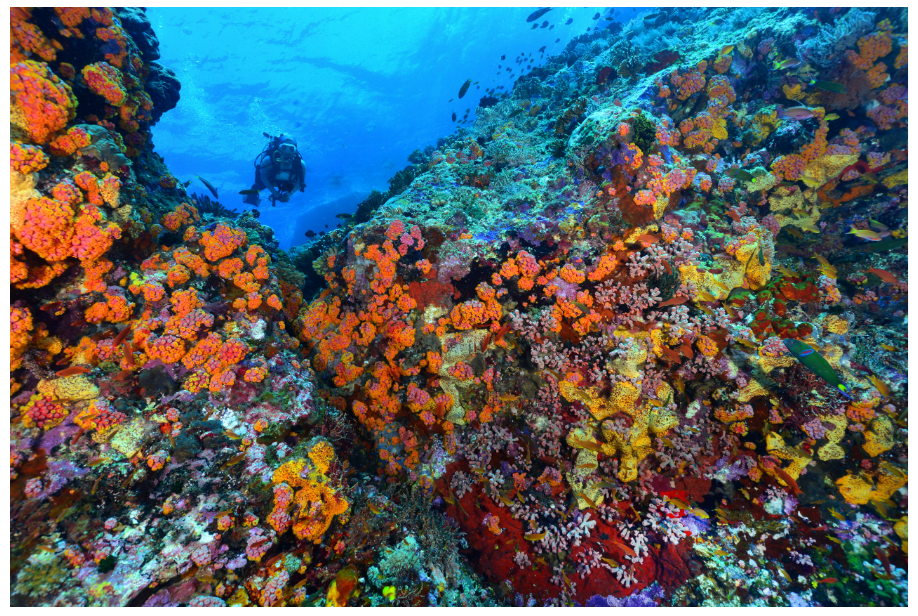
Widely considered one of the best dive sites in the Philippines, Tubbataha Reefs Natural Park is a UNESCO World Heritage Site and a diver’s paradise. Located in the Sulu Sea, this remote dive spot offers pristine coral walls and abundant marine life. The park is home to over 600 species of fish, sharks, turtles, and manta rays, making it a must-visit destination for experienced divers. Due to its remote location, access is only available during the dive season (March to June), which helps maintain the site’s incredible water clarity and untouched environment. Tubbataha is perfect for those looking for an adventure diving experience, including the chance to explore deep walls, caverns, and even shipwrecks.
2. Apo Island – Turtle Encounters and Vibrant Coral Reefs
Apo Island, located in Negros Oriental, is a haven for divers and snorkelers alike. Known for its turtle conservation program, the island offers an unforgettable diving experience with regular turtle sightings in its protected marine sanctuary. The dive sites around the island feature vibrant coral reefs, drop-offs, and marine biodiversity, including schools of jacks, snapper, and barracuda. Its relatively shallow dive sites make it an ideal location for beginner to intermediate divers. Apo Island’s protected waters are also home to a wide variety of macro life, making it perfect for underwater photographers looking to capture detailed shots of small marine creatures.
3. Puerto Galera – Easy Access and Diverse Marine Life
For divers seeking easy access to fantastic diving, Puerto Galera on Mindoro Island is one of the best spots in the Philippines. Known for its crystal-clear waters and diverse marine life, Puerto Galera offers a variety of dive sites, including vibrant coral gardens, drop-offs, and wrecks. It’s perfect for divers of all levels, from beginners to experts, with sites like Sabang Beach offering shallow dives and White Beach providing opportunities for deeper exploration. Puerto Galera is also home to many marine species, including nudibranchs, sea slugs, scorpion fish, and the occasional shark, making it a fantastic place for divers to enjoy both macro and large marine life.
4. Coron – Renowned for Wreck Diving and Clear Lagoons
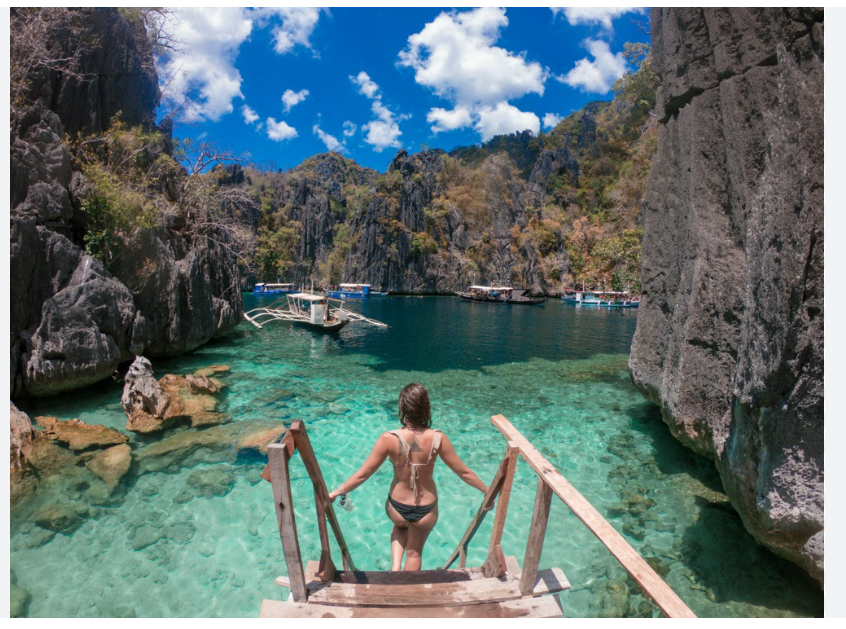
Located in the Calamian Islands, Coron is a diving hotspot for those interested in exploring WWII shipwrecks. This area is famous for its clear lagoons and wreck diving, with seven Japanese ships sunk during the war, now offering some of the best wreck diving in the Philippines. These historical wrecks, along with stunning coral reefs, make Coron one of the most unique diving destinations in the world. The wrecks are shallow and easily accessible, making them perfect for divers of all levels. Alongside wrecks, divers can also explore mangrove forests and saltwater lakes, adding variety to their underwater experience.
5. Anilao – A Macro Photographer’s Paradise
Located in Batangas, Anilao is often referred to as a macro photographer’s paradise due to its exceptional variety of small marine creatures. With over 50 dive sites, Anilao offers a rich underwater landscape, featuring coral reefs, sea fans, and plenty of nudibranchs, shrimp, and muck diving opportunities. Its relatively shallow depths make it ideal for those who enjoy slow, detailed exploration, and it’s a popular spot for underwater photographers looking to capture the intricate beauty of the ocean’s smaller inhabitants. Anilao is easily accessible from Manila, making it a perfect weekend dive getaway.
What Makes These Scuba Diving Spots Special
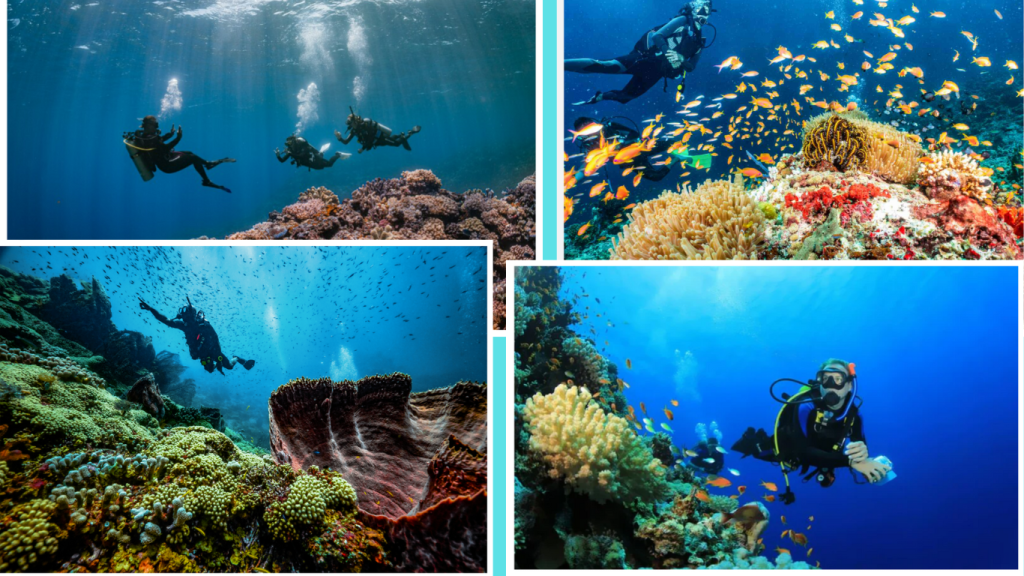
The scuba diving spots in the Philippines are not just popular for their clear waters, but also for their unique underwater ecosystems, diverse marine life, and unforgettable dive experiences. Each of the top diving destinations offers something distinctive, making them special in their own way.
Tubbataha Reefs Natural Park, a UNESCO World Heritage Site, is known for its pristine coral atolls and abundant pelagic species like whale sharks and manta rays. The park’s isolation has kept its waters largely untouched, providing divers with a raw, unspoiled diving experience that few places in the world can offer. This is a true gem for those seeking to immerse themselves in one of the most biodiverse underwater environments.
In contrast, Apo Island is a marine sanctuary that’s famous for turtle encounters and its vibrant coral reefs. This site attracts divers looking for close-up interactions with marine life, particularly its abundant sea turtles. The island’s protected waters make it a safe haven for various species, ensuring incredible diving experiences for divers of all levels.
Coron, with its WWII wrecks, offers a unique diving experience for those interested in wreck diving. The sunken Japanese ships, coupled with the area’s stunning clear lagoons, make Coron a once-in-a-lifetime dive for history buffs and adventure seekers. These wrecks have become artificial reefs, home to diverse species of fish and coral, offering both history and marine biodiversity in a single dive.
At Anilao, macro photographers flock to explore its hidden gems—small critters like nudibranchs, shrimp, and crabs. Its varied dive sites cater to those looking for intricate shots of marine life in their natural habitat.
Each Philippine diving destination is a window into a unique and thriving underwater world, making the country a top choice for divers seeking new and diverse diving experiences. Whether it’s encountering a whale shark, exploring wrecks, or marveling at vibrant coral gardens, the Philippine underwater attractions are second to none.
When is the Best Time to Go Scuba Diving in the Philippines?
The best time for scuba diving in the Philippines is typically between December and May, which corresponds to the country’s dry season. During this period, the weather is generally sunny, with minimal rainfall, making it ideal for diving. Water visibility is at its peak, often exceeding 30 meters, allowing divers to fully appreciate the vibrant coral reefs and diverse marine life.
The scuba diving seasons in the Philippines are characterized by calm seas and warm water temperatures, ranging from 26°C to 30°C (79°F to 86°F), ensuring a comfortable experience for divers. The dry season is also when the majority of diving tours and liveaboard trips are available, making it easier to access remote locations like Tubbataha Reefs.
While the months from June to November mark the wet season, divers can still enjoy excellent diving conditions in certain areas, although rain showers are more frequent, and water visibility can be reduced. For the best experience, it’s recommended to visit the Philippines during the peak diving months, ensuring optimal conditions for a memorable underwater adventure
Tips for Scuba Diving in the Philippines
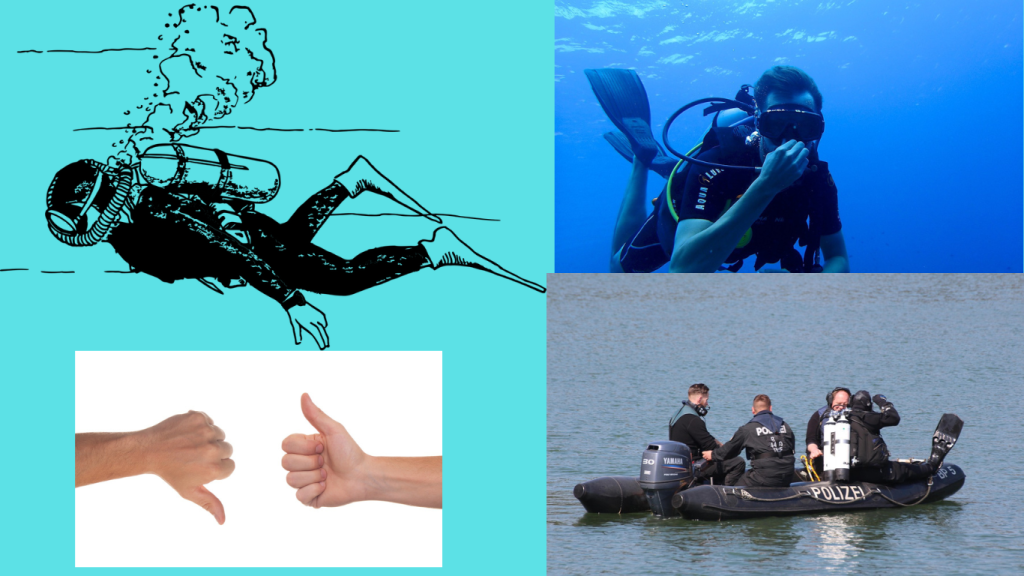
When planning a scuba diving trip to the Philippines, it’s important to prepare properly to ensure a safe and enjoyable experience. Here are some diving tips for the Philippines to help you get the most out of your underwater adventure:
- Choose a Reputable Dive Shop
To ensure safety and quality, always select a certified dive shop with good reviews and experienced instructors. Look for shops that prioritize safety standards and offer well-maintained equipment. It’s also a good idea to check if the shop is affiliated with professional organizations like PADI or SSI.
- What to Pack for a Diving Trip
Essential items to pack include your dive certification card, swimwear, rash guard, and reef-safe sunscreen. While most dive shops provide equipment, if you prefer to use your own gear, consider packing a mask, snorkel, and wetsuit. Don’t forget a camera to capture the underwater beauty!
- Marine Conservation Practices
Respecting the underwater environment is crucial for preserving the marine biodiversity of the Philippines. Avoid touching or disturbing coral reefs, do not chase or harass marine life, and always practice no-trace diving by avoiding the use of harsh chemicals
- Diving Safety Tips
Always dive with a buddy, and ensure you follow your guide’s instructions. Stay within your certification limits, equalize your ears regularly, and never dive under the influence of alcohol or drugs. Keep track of your air supply, and always ascend slowly to avoid decompression sickness.
By following these scuba diving preparation tips, you’ll ensure a safe, enjoyable, and eco-friendly diving experience in the Philippines.
Conclusion
The Philippines is undeniably a diving paradise, offering some of the most spectacular and diverse scuba diving spots in the world. With its crystal-clear waters, rich marine biodiversity, and unique dive experiences, the country caters to all levels of divers, from beginners to seasoned experts. Whether you’re exploring the untouched Tubbataha Reefs, diving alongside whale sharks in Bohol, or discovering historical wrecks in Coron, each dive site provides a one-of-a-kind adventure that is hard to match anywhere else.
The scuba diving spots in the Philippines are not only known for their underwater beauty but also for their thriving ecosystems and the chance to witness extraordinary marine life. With something for every diver, from coral gardens to dramatic drop-offs and deep wrecks, the Philippines offers an experience that’s truly unforgettable.
Now that you know why the Philippines should be your next diving destination, it’s time to plan your trip! Book your next dive adventure at one of the many scuba diving spots in the Philippines and immerse yourself in the world-class underwater wonders that await. Don’t miss out on the opportunity to explore this diving paradise and create memories that will last a lifetime. (Hotels in Philippines)
What are the best scuba diving spots in the Philippines?
The top scuba diving spots in the Philippines include Tubbataha Reefs, Apo Island, Coron, Puerto Galera, and Anilao. Each offers unique underwater experiences, from coral gardens to historic wreck dives.
When is the best time to go scuba diving in the Philippines?
The best time for scuba diving in the Philippines is between December and May during the dry season. Expect calm seas, crystal-clear waters, and excellent visibility for unforgettable diving experiences.
Do I need a diving certification to dive in the Philippines?
Yes, a diving certification such as PADI or SSI is required for most dive sites. However, beginners can also take an introductory course at many dive shops to explore the underwater wonders
What marine life can I expect to see while diving in the Philippines?
The Philippines is home to diverse marine life, including whale sharks, manta rays, sea turtles, nudibranchs, and vibrant coral reefs. Each dive spot offers unique encounters with marine species
Are the dive spots in the Philippines safe for beginners?
Many of the top scuba diving spots in the Philippines offer dive sites suitable for beginners. Locations like Puerto Galera and Anilao have calm waters and shallow reefs, making them perfect for newcomers.
